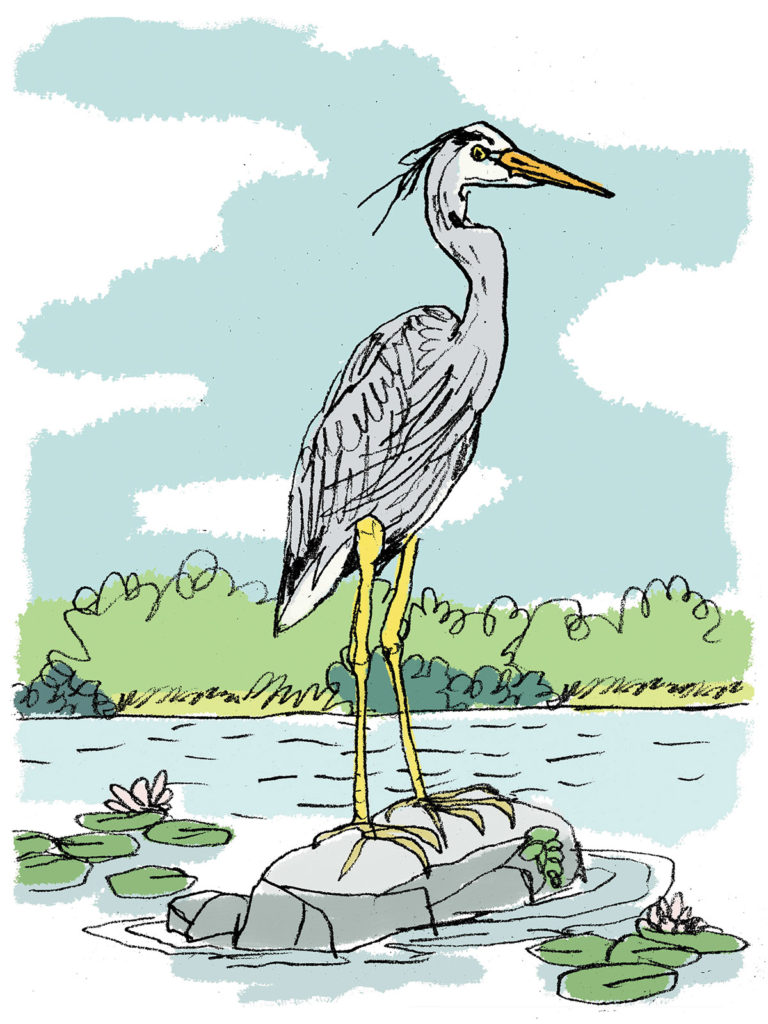Birds of a Feather
It’s not hard to see ourselves in the majestic, mysterious great blue heron

Illustration by Eric Hanson
Login to view the full article
Need to register?
Already a subscriber through The American Scholar Digital or Print/Digital Combination? Click here to register for our site.
Are you a Phi Beta Kappa sustaining member? Click here to register for our site.
Want to subscribe?
If you would like to subscribe and gain complete access to our website, click here.
Are you a print subscriber that would like digital access too? Click here.


